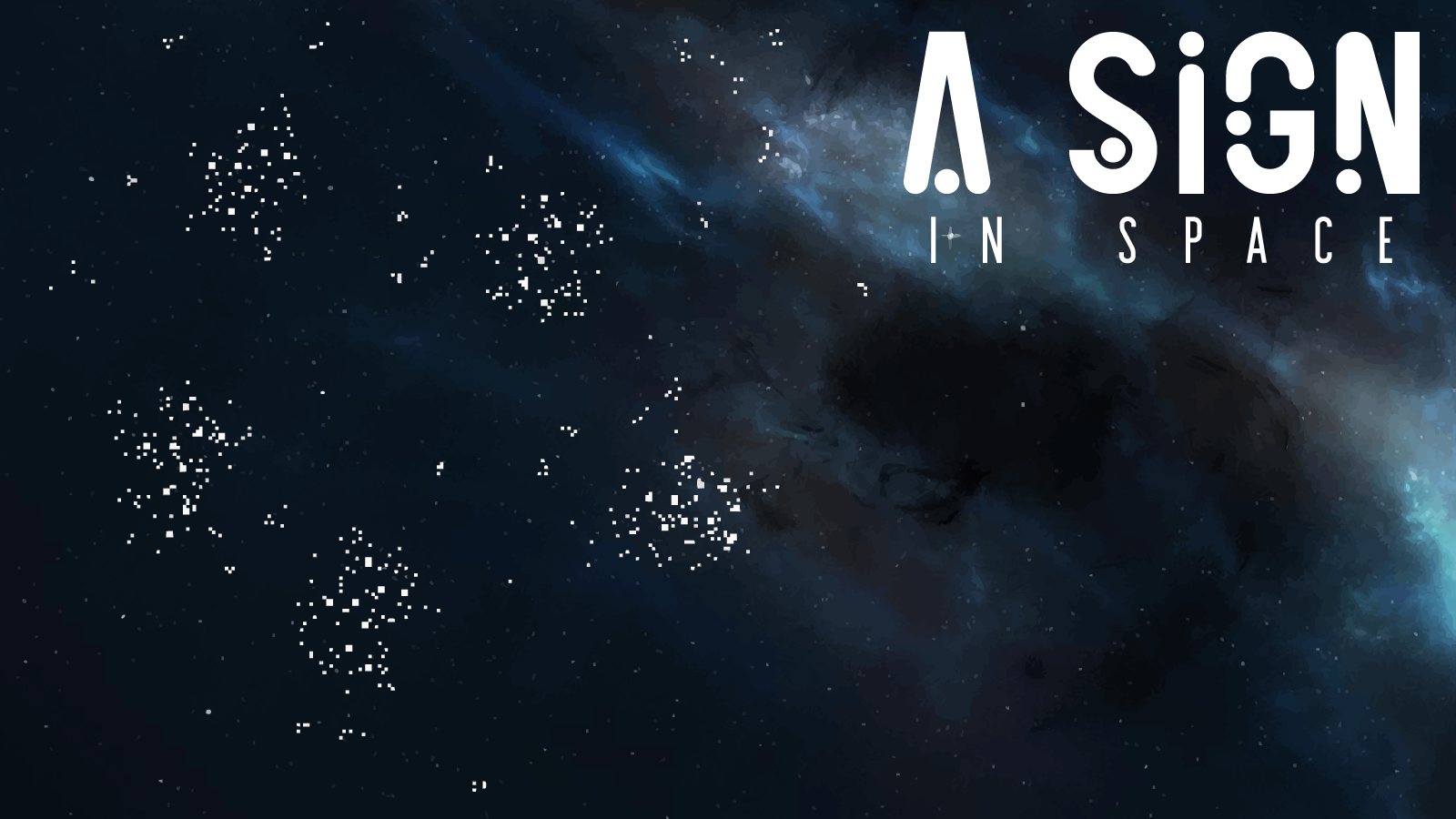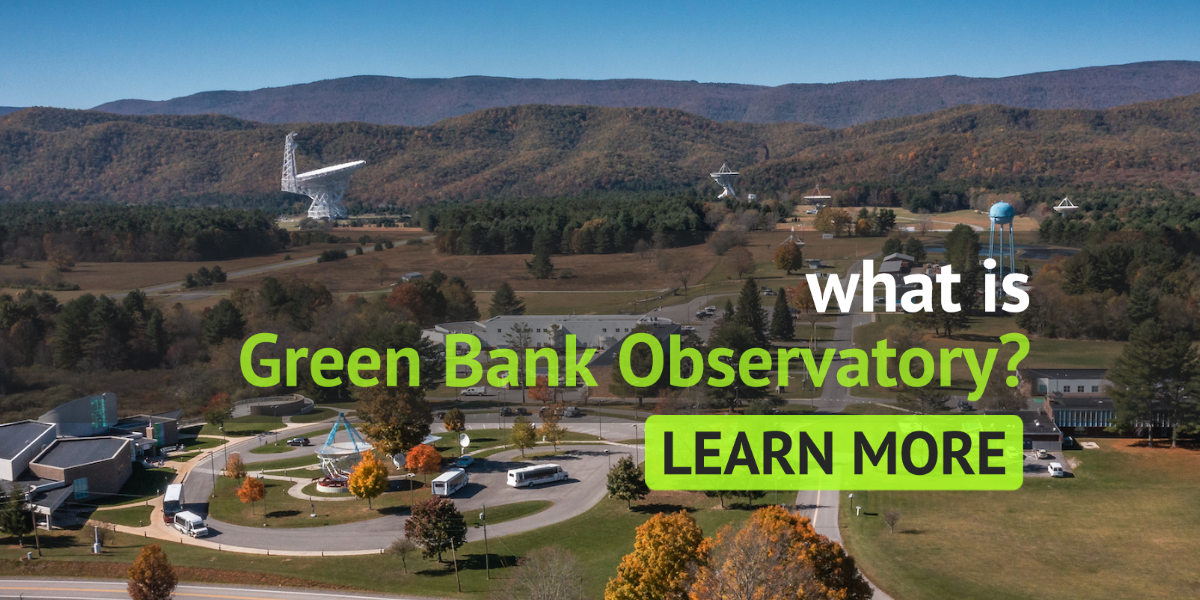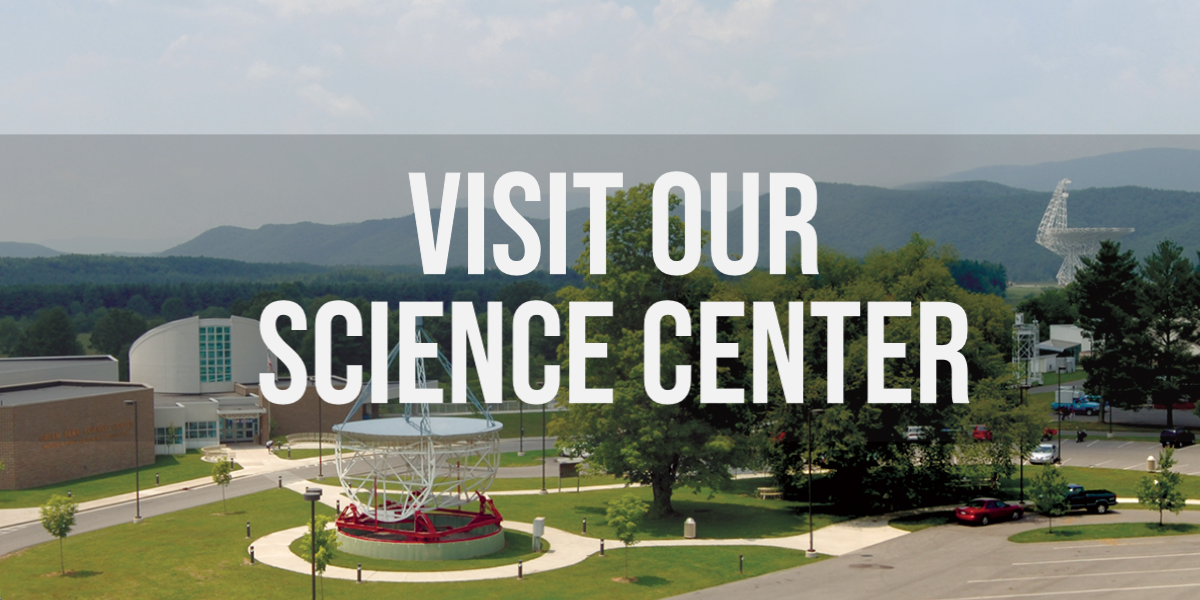Recent Press Releases
More GBO News
GBO Events
Full Events Calendar
SETI Tour
1:00 pm – 4:00 pm
Star Party and book talk
7:30 pm – 11:00 pm
SETI Tour
1:00 pm – 4:00 pm
SETI Tour
1:00 pm – 4:00 pm
No event found!


















